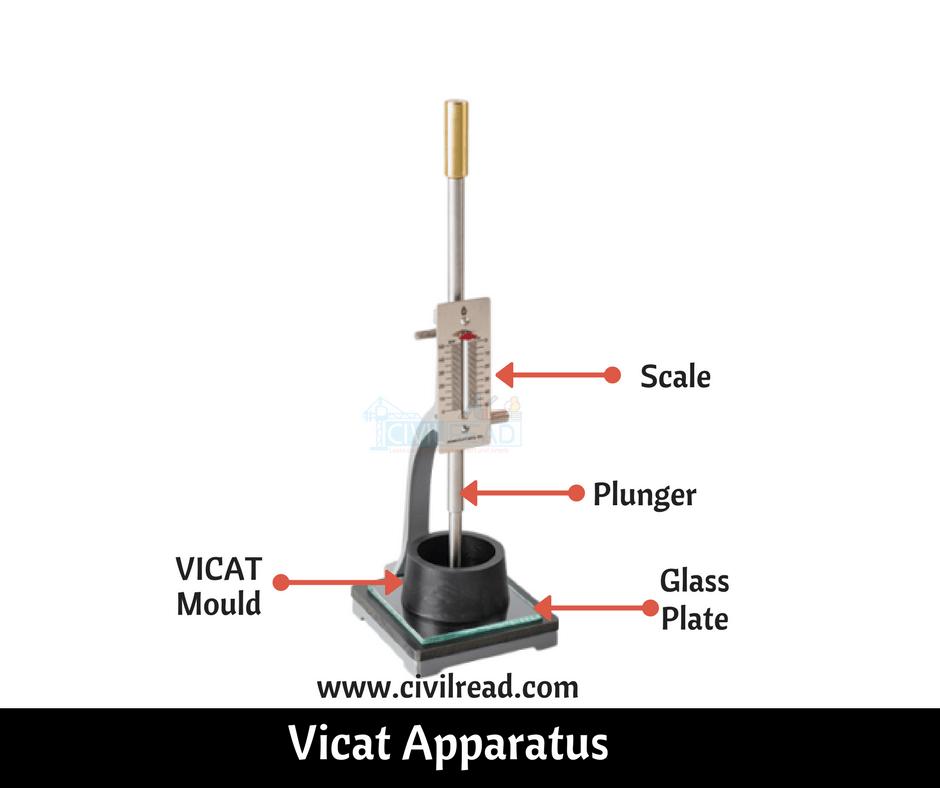Consistency test
Background
With the rapid development of communication technologies, interconnection and traffic between the networks are increasingly dependent on the development of communication protocols. We can say that the normal operation and the smooth development of communication services communication systems, depending on the protocol software is the primary protocol specification meets the requirements, it must be a special protocol test be guaranteed.
protocol testing purpose is to ensure proper communication protocol and ensure proper interconnection between different communication devices. In the communication test, the conformance test is merely a black box testing, it does not check the protocol code, but in accordance with the standard protocol, by controlling the external behavior observation test protocol implemented and evaluated.
Introduction
achieve conformance test is to determine whether the test is consistent with the standards. Using a set of test cases is typically a sequence, in certain network environment, the realization of the measured black box testing, by IUT A comparison between the actual output and the expected output. Determines whether the IUT are consistent with the protocol described.

test flow
The method of conformance testing ITU-T ISO / IEC-9646 series defined by X.290, a standard test consists of three parts: Abstract test set (the ATS), protocol PICS (PICS) protocol implementation and additional information (PIXIT). Executable test set (ETS) generated on the basis of the above three parts. ATS a predetermined standard protocol for testing purposes, the test and test procedures; PICS requirements described embodiment, the case where the option and ability to achieve the necessary ;; PIXIT providing a test protocol parameters. The test procedure is as follows:
First, the static test: reading tester PICS / PIXIT file and static testing according to the standard protocol, to check whether standard parameters IUT.
followed by Dynamic Testing: The tester generates ETS PICS / PIXIT document and ATS, and then to perform ETS IUT for stimulus / response testing. Specific types of tests employed include: local test mode, the distributed test mode, test mode and remote testing a synergistic manner.
is the final test report: test write execution file generated by the test analysis, conformance test described generate reports in accordance with standard test report. Protocol Conformance Test Report records the test results of all test cases: Success (PASS), failure (FAIL), uncertain (INCONCLUSIVE).
interoperability testing and conformance testing and disadvantages Relationship
interoperability testing and conformance testing protocol are important and effective test method that can each other to some extent validation, and but it is exactly the same. First, various testing purposes, to achieve conformance testing is to determine whether the measured standard consistency, and interoperability testing is to determine whether the device under test to complete the required function; second, different test object, the object is conformance testing device or system , and the object is the interoperability testing apparatus; again, different test levels, in the protocol conformance testing stage, and interoperability testing in functional level; Finally, various test results, all tested to achieve conformance test applies, the mutual test operations mainly applied to between the device under test.
actual test, by conformance testing can not guarantee interoperability testing will be able to pass. The most fundamental reason is the provision of conformance testing using standard absolutely complete and correct is unrealistic, which also includes various standard-setting person / unit to develop different understanding of the issues and interests of compromise. Specific performance is as follows:
1, standards: Standard error and ambiguity content; own standard compatibility.
2, the implementation of: human error (such as a programming error) for a communication standard different understanding; standard itself allows different options.
3, Technology: Communication networks use different traffic policy; equipment compatibility problems; device configuration problems.
Of course, only can confirm interoperability testing interoperability between different devices in the system under test, the device can not confirm whether the standards, because interoperability testing protocol details do not care. Therefore, interoperability testing conformance testing can not substitute. In fact, conformance testing and interoperability testing is to verify each other, complementary relationship, only the right combination of both to complete the full protocol test.
Latest: Comprehensive rectification
Next: Canadian Via Railway








